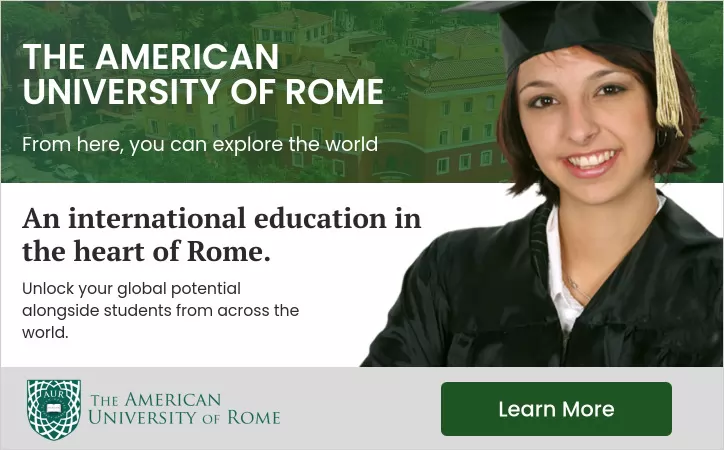John Paul II
by Gerald OCollins, S.J
He doth bestride the narrow world like a colossus. Shakespeares words about Julius Caesar bear applying to Pope John Paul IIs mission on our planet. During the years of his papacy, he went on over 100 journeys outside Italy and visited more than 130 countries - an extraordinary effort to bring the good news of Christ to the whole world. By September 2004 he had canonised 482 saints and declared blessed 1,337 men and women, the most famous of whom were Padre Pio, canonised in 2002 and Mother Teresa beatified in October 2003. By comparison, in the nearly 400 years since the making of saints had been officially organised (1588-1978), his predecessors between them had canonised 300 saints and declared blessed 1,310.
Statistics like these reflect a key feature of the pontificate of John Paul II, the size and astonishing novelty of the things he did. In April 1986 he was welcomed at the Jewish synagogue in Rome, probably being the first pope to visit a synagogue since the early centuries of Christianity. He was certainly the first pope ever to pray in a mosque, as he did on a 2001 visit to Damascus. In an unparalleled gesture, after Mehemet Ali Agca had almost killed him in St Peters Square on 13 May 1981, he visited and embraced the gunman in Romes high-security gaol in December 1983. That same month, on the occasion of the 500th anniversary of Martin Luthers birth, the pope preached at the Lutheran church in Rome and became the first pope ever to do so in a Lutheran church. In October 1986 he boldly broke new ground by going off to Assisi and praying for world peace with the Dalai Lama and other heads and representatives of the worlds religions. When returning from a pilgrimage to Zaire, Kenya and other African nations, he went home to Rome via Morocco. On 19 August 1985 in Casablanca, at the invitation of King Hassan II, he spoke to a crowd of over 100,000 young Muslims about the religious and moral values common to the Christian and Muslim faiths. Since the days when Muhammad launched Islam more than 1,300 years ago, no pope has ever been invited by any Muslim leader to do anything like that.
In Rome itself I became so accustomed to the Holy Father undertaking so many unexpected, unusual and innovative things that I almost took it all for granted. Even so in 1996 I was happily surprised when he celebrated the 50th anniversary of his priestly ordination by inviting priests who were also ordained in 1946 to join him in Rome. They came from the five continents to join him for a unique Mass in St Peters basilica and for other functions. Around 1,700 priests arrived, many of them accompanied by their parishioners, relatives and friends. Fifty years before, when they were ordained to the priesthood in Albania, England, India, Ireland, Romania, the United States and elsewhere, they would have smiled if someone had predicted that in November 1996 they would go to Rome and join a pope from Poland for a wonderful concelebration in St Peters. Truth can be stranger and more wonderful than fiction. What John Paul II thought up and did seemed at times the stuff that dreams were made of.
His heroism made me think of him as the pope of true grit. After he was shot by Ali Agca, he underwent a well-executed emergency operation, but four days later it was still not clear that he would survive. Yet he insisted on broadcasting his usual Sunday message. Over the radio he spoke from his hospital bed: My dear brothers and sisters, I know how you are united with me these days. I am deeply grateful for your prayers and I bless you all. I am especially close to the two persons who were wounded with me. I pray for the brother who struck me down, and I forgive him sincerely. United with Christ, priest and victim, I offer my suffering for the Church and the world. John Paul II spoke slowly, somewhat breathlessly, and with pauses that more than hinted at his pain. It was the most moving broadcast I have ever listened to.
Some days later I sent the pope a collection of get-well cards drawn by some seven-year-old children at Marymount International School in Rome. His private secretary, Father John Magee (later Bishop of Cloyne, Ireland), wrote to me: It was with great pleasure that I showed the letters from Sister Brigids class to the Holy Father and he was very much touched at the little ones concern and very grateful for their prayers.
Around the city John Paul II proved an unfailing source of encouragement for the hundreds of parishes that make up the diocese of Rome. Pope Paul VI had visited parishes, but only during the six weeks of Lent. Whenever John Paul II was home in Rome and not away on one of his many pastoral trips inside or outside Italy, he tried to visit a parish every weekend and sometimes on feast days that fell during the week. He seemed to have started deliberately with the poorer parishes. By late 2002 he had visited over 300 of the parishes of Rome. The Pope played a major role in strengthening the whole diocese and giving it what I felt it lacked on my arrival in 1974: a sense of its own identity and a feeling of common responsibility towards everyone, including the old, the sick, the homeless, refugees and those suffering from drug addiction.
Along with his mega-production of new blesseds and saints, John Paul II published more documents, sermons and addresses than any of his predecessors. The Insegnamenti (teachings) of Paul VI, who was pope for 15 years, run to 16 volumes. During his first 16 years in the job, John Paul II produced 37 volumes of Insegnamenti. Many of the texts written for his trips abroad and for his normal work in Italy were, of course, prepared by speech writers. But the pope often indicated at least the broad outline of what he wanted, and obviously endorsed what was written when he used these texts. Very often his addresses and sermons for visits to Australia, Germany, India, the United States and other countries were prepared locally and applied the good news of Jesus to local situations of youth, the elderly, the sick, indigenous peoples, and so on. They are likely to remain enduringly valuable, like several of his major encyclicals such as the one in 1995 on inter-church relations, Ut unum sint (that they may be one).
I prized John Paul II for many things, not least his repeated attempts to reconcile groups who had suffered and been at terrible odds with others. More than 90 times he acknowledged the past sins of Catholics and begged pardon from Jews, Muslims, Protestants and Orthodox Christians. He was an outstanding role model in trying to reconcile peoples. He had a vivid faith in the Holy Spirit, present in every human heart and prompting authentic prayer wherever it goes up to God. John Paul II made the papacy a world presence. He was a moral voice for humankind and a pope for all people. Perhaps more than anyone else he reminded the whole human race that our happiness and even survival depend on faith in God and the essential values expressed by the Ten Commandments. When he grew older and increasingly disabled, his message became even simpler. He summed it all up on 19 October 2003 when declaring Mother Teresa of Calcutta to be blessed. Her life, he said, was totally committed to the poor and wrapped in prayer.




















